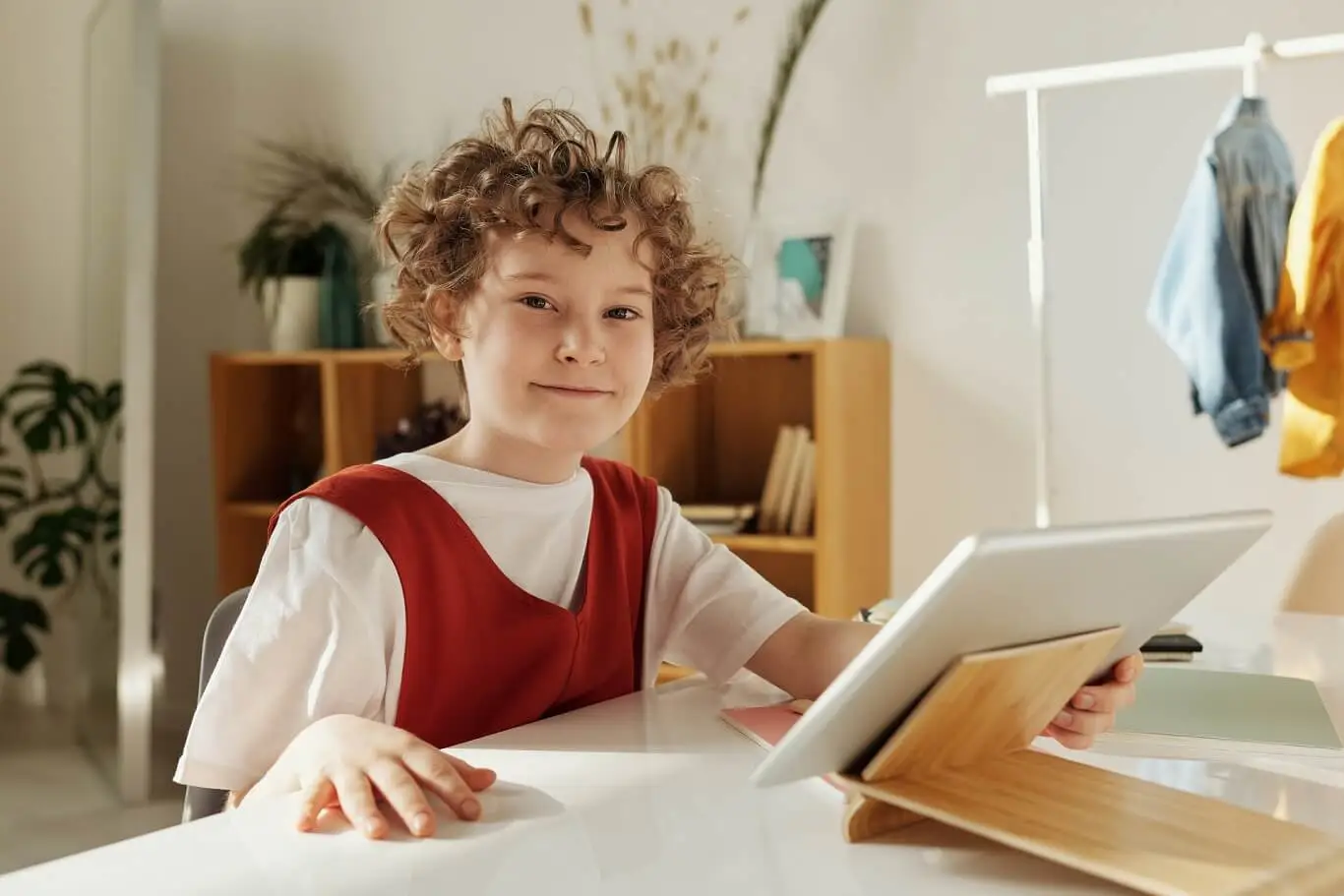Chalkboards have faded into the background, and smartboards now reign supreme. As the curtains are pulled back, we are seeing traditional classrooms evolve into high-tech havens of learning. Yes, technology has shifted its focus to education, reshaping the way knowledge is disseminated and students engage.
The Digital Transformation in Learning
- Virtual Reality (VR) Trips: Forget field trips on buses. Today, students embark on VR journeys to explore the pyramids of Egypt or the deep recesses of the Amazon rainforest. These immersive experiences enhance comprehension and retention.
- Interactive E-books: Paperbacks are gradually giving way to interactive e-books. These digital resources come loaded with embedded videos, quizzes, and hyperlinks, offering enriched learning experiences.
- AI-Powered Personalization: No two students learn the same way. With AI, learning platforms can customize content delivery. They adapt in real-time, serving students at their pace and style.
According to a study by EdTech Magazine, 63% of teachers report technology makes them more effective in the classroom.
Collaboration Beyond Walls
The four walls of the classroom no longer limit learning. Students now collaborate with peers worldwide, fostering global understanding and promoting diversity.
- Cloud-Based Projects: Google Docs and other collaborative platforms allow students from various geographies to work simultaneously on projects. This not only hones their collaborative skills but also nurtures a global perspective.
- Video Conferencing in Class: Platforms like Zoom and Microsoft Teams have facilitated guest lectures from international experts, removing geographical constraints.
Tech Bridging the Accessibility Gap
Inclusive education is no longer just a buzzword. It’s a reality, thanks to tech.
- Speech-to-Text Tools: For students with disabilities, tools like Google’s Speech-to-Text ensure they don’t miss out on any learning.
- Augmented Reality (AR) for Tactile Learning: AR tools can make abstract concepts tactile, catering to students who grasp concepts better with a hands-on approach.
The Teacher’s New Digital Assistants
Teachers too have found allies in technology. Gone are the days when grading papers took away their weekends.
- Automated Grading Systems: These tools don’t just reduce a teacher’s workload; they provide instantaneous feedback to students, accelerating their learning cycle.
- Learning Management Systems (LMS): Tools like Blackboard and Moodle streamline lesson planning, attendance, and even communication with parents.
Challenges in Tech-Driven Education
Despite the numerous advantages, integrating tech in education is not without challenges.
- Training Educators: While students might be digital natives, educators might need training to harness these tools effectively.
- Dependence on Reliable Internet: Especially in remote or underprivileged areas, consistent internet access is a concern.
Wrapping Up: A Future of Infinite Possibilities
As we look over the horizon, it becomes clear that the role of technology in education is not just transitory; This is transformative. Students now literally have the world at their fingertips. However, as we adopt these tools, a balanced approach is necessary. After all, technology should enhance the learning experience, not take away the timeless essence of the human touch in teaching.
For all the teachers and students who understand this tech-infused landscape, here’s to a future of limitless learning and endless curiosity!







